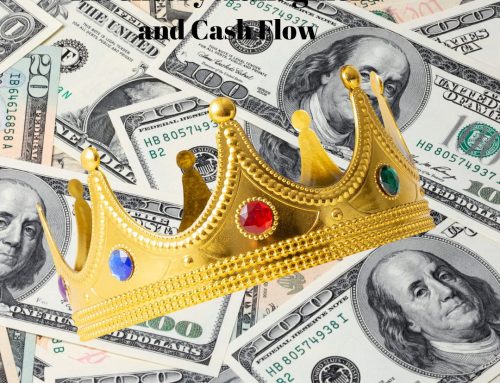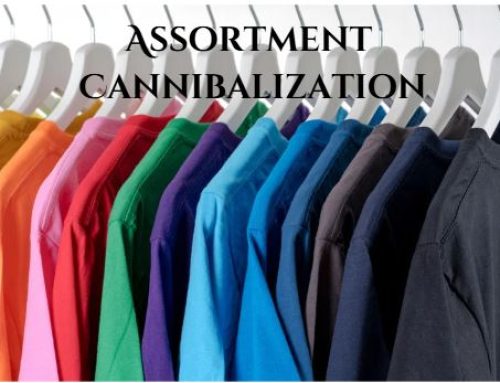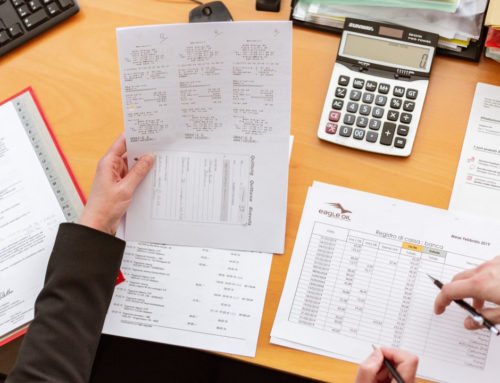Arguably, the most crucial function in a retail organization is Assortment Planning. Everything a retailer does is built around it. From IT and finance to real estate, marketing, and even legal – every department’s role is to support the company’s ability to buy great merchandise and resell it for a profit.
And yet, too many companies fail to invest in assortment planning despite how important their assortment is. Other priorities like e-commerce and store operations win attention while merchandising is presumed to be as great as it ever was.
Many companies think they do assortment planning. But in some cases, decades have gone by without any major change to the way assortments are bought.
We have argued that assortment planning is a holistic process that encompasses the whole buying process. True assortment planning is about gathering data and using it to guide the creative process and make smart decisions. It’s the method of blending fashion with finance to create great assortments that satisfy customer demand, as well as financial goals.
See also: What Is Assortment Planning?
In today’s retail world, a lot of businesses are still using old-school methods of buying. “Good-better-best” is a classic example of a dated technique. Buyers go with their gut and assign an item their rating, and then spend huge sums of money based on their assumptions.
Top-store buys are another method that is outdated but still being used without a second thought. The base assortment goes to all stores. A few items are selected for top stores only. Again, buy quantities are estimated and all stores are treated as if they’re the same.
There are actual companies where buyers can say to themselves, “I think I can sell 5,000 of these,” and initiate a purchase order. It’s a total guess. There’s no nuance. And even though the buyers in this case have the necessary experience to get it right much of the time, it’s impossible to be sure whether they’re buying the correct quantity.
If this sounds like the way you do things, you’re taking huge risks with your most important asset. Either you’re buying too much (a recipe for markdowns), or you’re buying too little (and missing out on potential profits). In either case, there’s a negative impact on customer experience. You need assortment planning to bring your buying process up to date.
Eliminate guesswork
The key premise of proper assortment planning is basing your buys on data, rather than estimates. Using last year’s sales data and forecasting as a guide, buyers can make informed decisions about how likely it is different products will sell based on their attributes. If your customers love paisley and hate plaid, you need to be able to quantify their preference.
This method gets you way closer to the actual number of units you need to buy for a particular style. But the best part is it doesn’t just keep you from buying too much of an item that’s not expected to sell as well. Using data to your advantage can keep you from selling out of your best items before customer demand is exhausted.
Proper assortment planning also gives you an opportunity to measure results in a way that just doesn’t happen at some companies. Being able to compare data-driven plans to actual sales helps you learn from your mistakes and improve your forecasting ability.
Feed the right stores
If you’re basing your buys on top stores vs. all stores, you’re only addressing one small factor of customer demand. Sales volume has little to do with what customers want – it’s just an indicator of a location’s ability to attract traffic. Your high-volume stores in New York have totally different customers than your high-volume stores in Los Angeles. Each customer touchpoint is unique. You need to use assortment planning to get the right buy quantities for each item based on what your customers want.
With assortment planning, you can make informed decisions about which locations can sell certain items before you buy. You can stop buying inventory for stores that can’t sell it, and make life a lot easier for your allocation team while you’re at it.
Using assortment planning to tailor your buys improves customer experience as well because customers will be more likely to find what they want in-store. It’s no secret that millennial shoppers are quick to dismiss a brand that doesn’t cater to their immediate needs. Having the right products at the right time can make the difference between a loyal customer and one that’s gone forever.
See also: What is Retail Store Clustering?
Get better information
When your buy plan is nothing more than an excel spreadsheet, it’s hard to get good information. Improving assortment planning means improving the quality and quantity of useful information that can have a huge impact on your assortments.
With old assortment planning methods, it’s easy to miss things. Proper assortment planning brings everything together so you can see assortments in one place before they go to visual merchandising. This is crucial for catching problems before it’s too late.
It’s possible (and it’s happened) for trends to be taken too literally. Imagine the big trend for the year is red. Chances are the red items are going to all stores, and other items with pops of color are only going to certain locations. Despite style-out meetings and best intentions, you could end up with locations stocked with nothing but red. Better assortment planning allows you to catch these kinds of mistakes before it’s too late.
See also: How GUESS? Inc. uses daVinci to plan assortments
Conclusion
Retail has changed dramatically in recent years, and the old way of planning buys simply isn’t good enough anymore. Budgets are too tight and margins are too thin to tolerate guesswork in the buying process.
More intelligent assortment planning methods are necessary to gain control of inventory. With a holistic assortment planning process, you can put an end to guesswork and base decisions on data. You can get buy quantities right before purchase orders are written, saving inventory dollars and allocation headaches. And you can see the full picture upfront, catching mistakes before they happen.






















